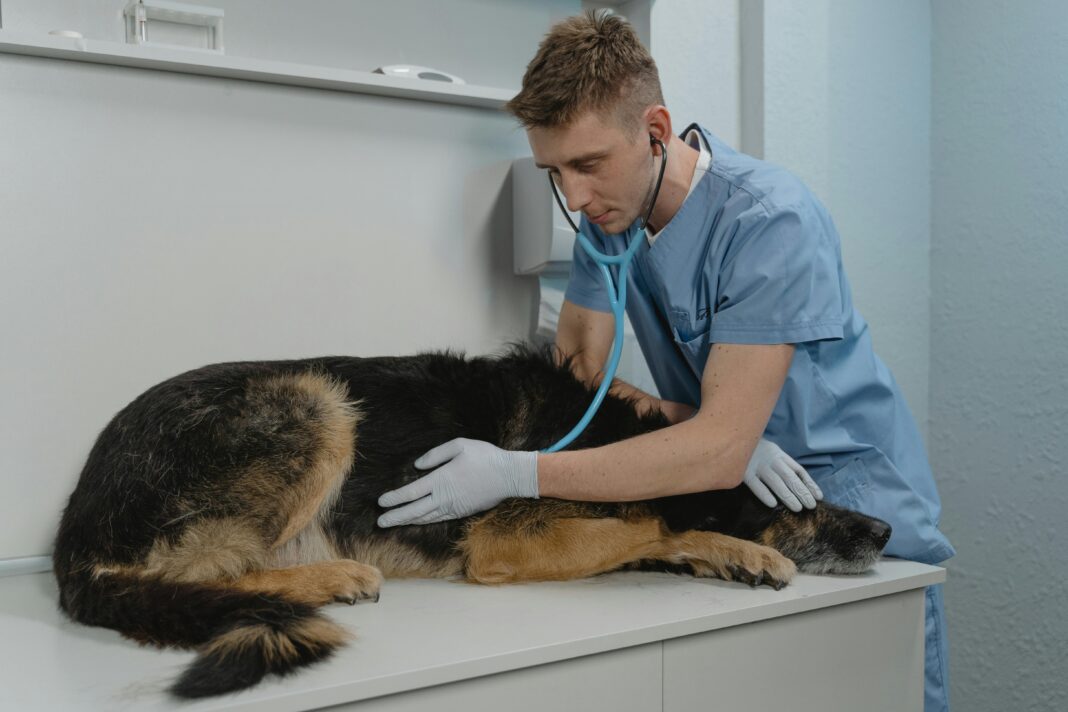As a devoted pet owner, ensuring your furry friend’s health is a top priority—especially if they have diabetes. Managing diabetes in pets requires special attention to their diet. A proper nutrition plan can help control blood sugar levels and maintain an optimal weight. In this article, we’ll dive into the top five special diets for diabetic pets, complete with tips and practical examples to help you make the best choices for your beloved companion.
Understanding Diabetes in Pets
Diabetes occurs when a pet’s body can’t produce enough insulin or effectively use the insulin it produces. Common symptoms include excessive thirst, frequent urination, increased hunger, weight loss, and lethargy. If you notice these signs, consult your veterinarian for comprehensive testing and diagnosis.
Why Diet Matters in Managing Diabetes
Diet plays a crucial role in managing diabetes. A well-planned diet can help regulate blood sugar levels, minimize weight gain, and provide essential nutrients. Here’s a closer look at some specialized diets suitable for diabetic pets.
1. High-Protein, Low-Carbohydrate Diet
A diet rich in protein and low in carbohydrates can help stabilize blood sugar levels. High protein helps pets feel full longer, reducing the urge to overeat.
Practical Tip: Look for pet foods with whole meats like chicken, turkey, or fish as the primary ingredient. Brands like Hill’s Prescription Diet and Royal Canin offer tailored options specifically designed for diabetic pets.
Sample Recipe: Homemade Chicken and Vegetable Stew
-
- 1 cup of boiled chicken (shredded)
-
- ½ cup of chopped green beans
-
- ½ cup of carrots
-
- 2 cups of low-sodium chicken broth
Mix all ingredients and serve at room temperature. Make sure to adjust portion sizes according to your pet’s needs.
2. Fiber-Rich Diet
Fiber plays a vital role in regulating blood glucose levels. A high-fiber diet can slow down sugar absorption in the digestive tract, which helps in maintaining steady glucose levels.
Practical Tip: Incorporate veterinary-recommended high-fiber dog or cat foods into your pet’s diet. Look for ingredients like beet pulp and brown rice.
Additional Fiber Sources
-
- Pumpkin Puree: Small amounts of plain canned pumpkin can be a tasty treat that also adds fiber.
-
- Green Peas: A handful of cooked green peas can be mixed into your pet’s meals for an extra fiber boost.
3. Low-Fat Diet
Obesity is a common concern for diabetic pets, making it essential to choose low-fat options. Reducing fat intake helps your pet maintain a healthy weight and prevents added stress on their pancreas.
Practical Tip: Opt for low-fat commercial dog or cat food that contains lean meats and healthy carbohydrates, such as sweet potatoes and oats.
Ingredient Focus: Lean Proteins
Select foods that list lean proteins, such as fish or chicken, without added fats. Avoid meats that are fried or oily.
4. Controlled-Calorie Diet
Managing caloric intake is crucial for diabetic pets, as weight management can significantly impact blood sugar levels. Controlled-calorie diets promote gradual weight loss or maintenance.
Practical Tip: Work with your veterinarian to determine the ideal calorie count for your pet. Commercial weight management formulas often meet these needs, so look for ones specifically labeled for diabetic support.
Gradual Changes
Transition your pet to a controlled-calorie diet gradually over several days to avoid digestive upset. Mix increasing amounts of the new food with their regular food until fully transitioned.
5. Prescription Diets
In some cases, your veterinarian may recommend a prescription diet specifically formulated for diabetic pets. These diets offer balanced nutrition while naturally regulating glucose levels.
Practical Tip: Prescription foods such as Purina Pro Plan Veterinary Diets and Hill’s Diabetic Diet are effective options. Always consult your vet before making any changes to your pet’s food.
When to Consider a Prescription Diet
If your pet’s diabetes isn’t responding to home dietary adjustments, it might be time to explore these specialized options.
Essential Tips for Managing Your Diabetic Pet’s Diet
-
- Monitor Blood Sugar Levels: Regularly check your pet’s glucose levels at home as advised by your veterinarian. This helps in understanding how their diet impacts their diabetes.
-
- Consistency is Key: Keep feeding times consistent to help maintain stable blood sugar levels.
-
- Avoid Table Scraps: Human food can be high in sugar and fat, which can complicate your pet’s condition.
-
- Exercise Regularly: Regular physical activity is vital. Consult your veterinarian about a suitable exercise routine that complements your pet’s dietary needs.
-
- Stay Informed: Keep an open line of communication with your vet regarding your pet’s response to their diet and any changes that might be needed.
By embracing these dietary strategies, you can actively contribute to managing your diabetic pet’s health. If you have any questions or concerns, don’t hesitate to reach out to your veterinarian for tailored advice. Your furry friend deserves the best every step of the way!





